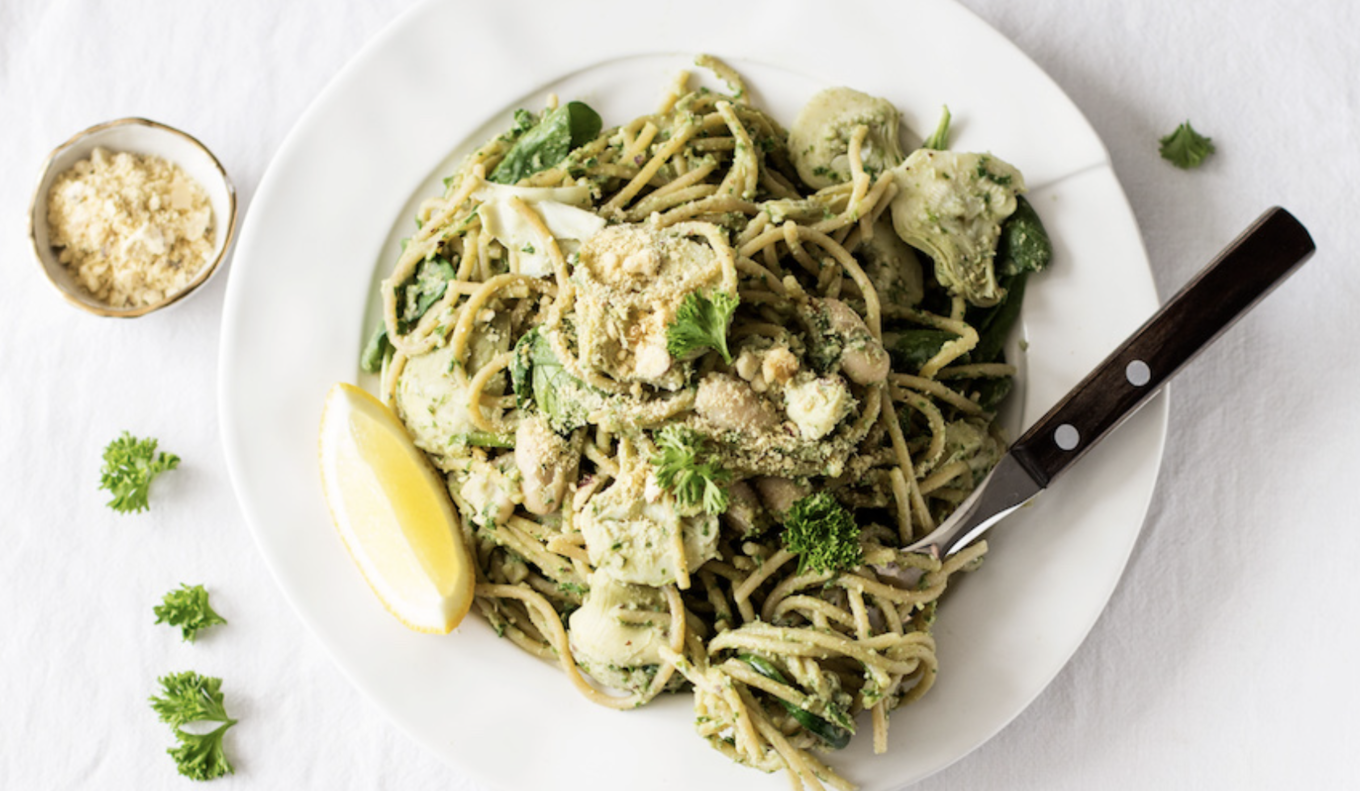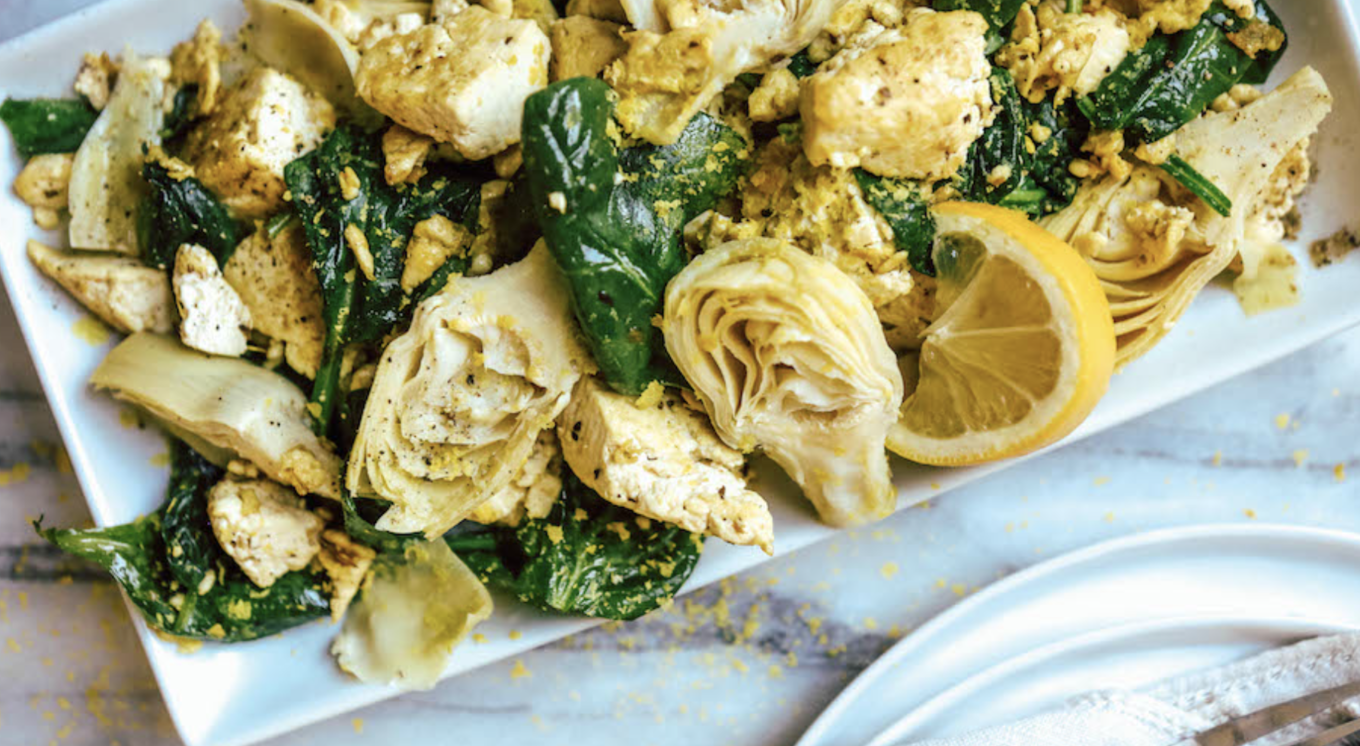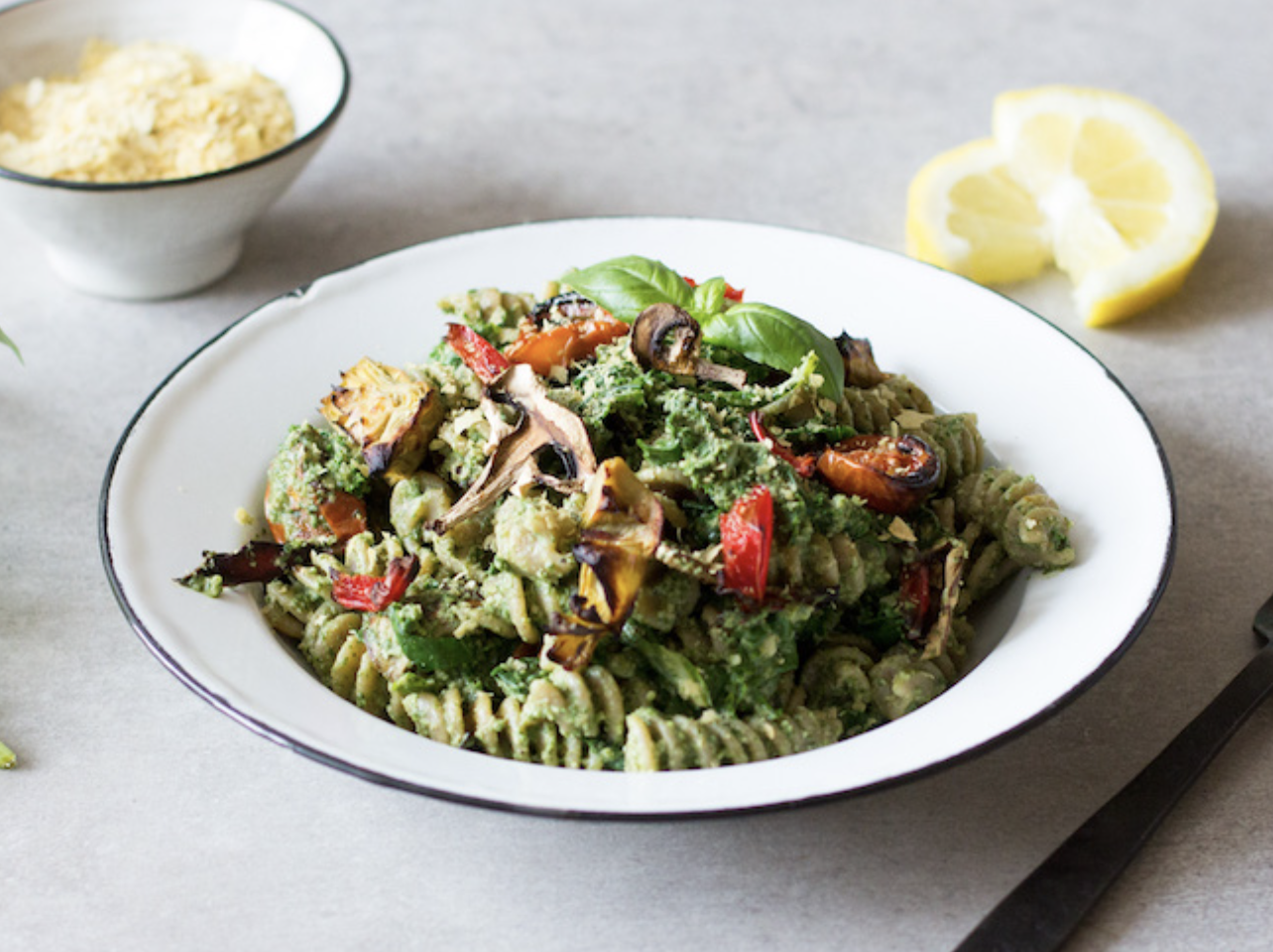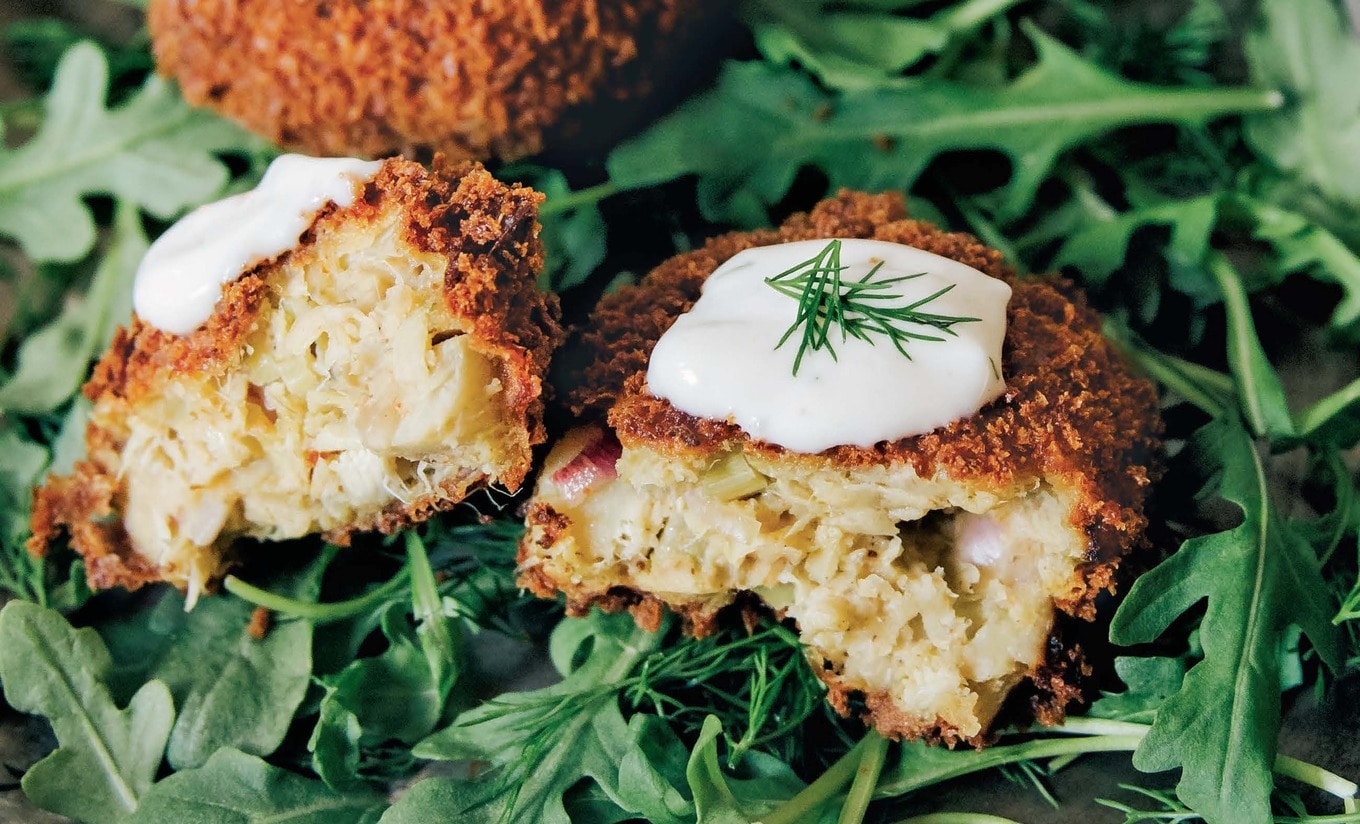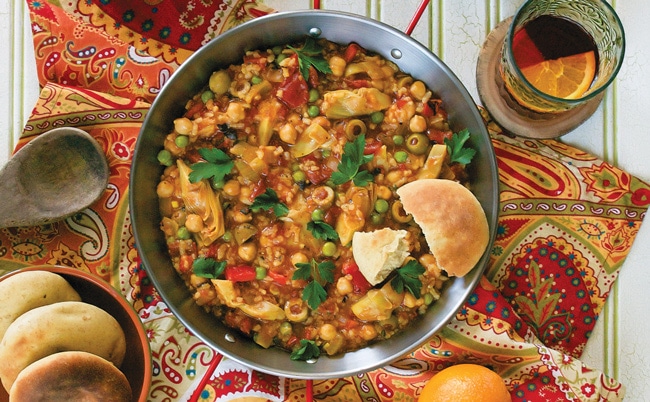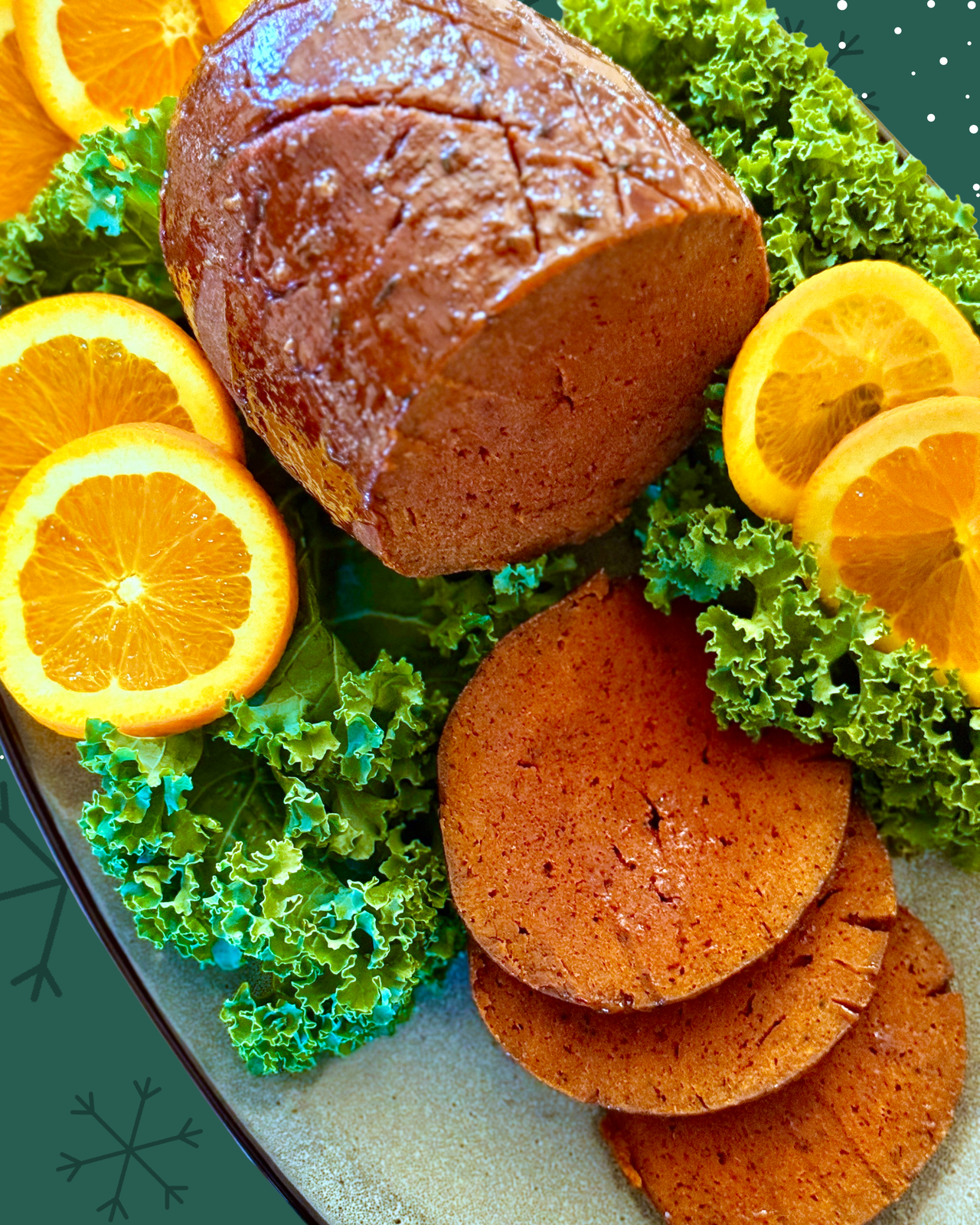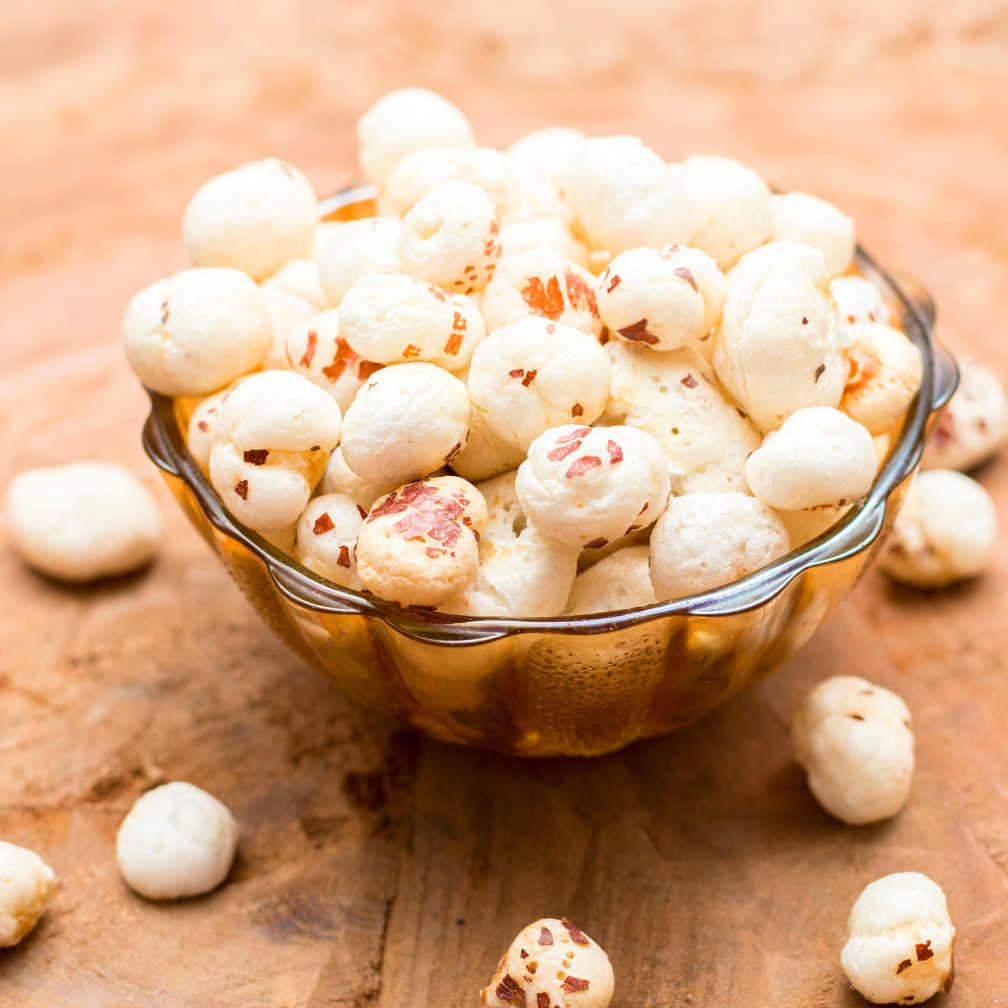Once upon a time, according to Greek mythology, Zeus, the god of thunder, was in love with a young, beautiful girl called Cynara. In fact, he loved her so much, that he granted her goddess status and moved her away from her home on the island of Kynaros to his home on Mount Olympus. But, the legend goes, Cynara eventually grew tired of playing second fiddle to Zeus’ wife Hera, the goddess of marriage and birth, and decided to return on her own to her native Kynaros. Zeus, it turns out, wasn’t a fan of rejection, and so he retaliated by turning his former love into an artichoke. Wait, what?
It’s a bizarre story, but it does speak to the long and interesting history of artichokes, which were present thousands of years ago in ancient Greece. Back then, they were considered food for the gods and were only eaten by elite members of society. Over time, of course, artichokes have become more popular and widespread. They’re still eaten today, in stews, pastas, dips, and more. But what actually is this unique ingredient that captured the imagination of the ancient Greeks? Is it easy to cook with? And what recipes does it work best in? We’ve got the lowdown.
Pexels
Table of Contents
What is an artichoke?
While it’s prepared and cooked as a vegetable, an artichoke is actually a thistle plant. Its scientific name is Cynara cadunculus—sound familiar? Often called globe, green, or French artichoke, it is essentially the plant’s unmatured flower bud.
Artichokes are unique and visually interesting, with a number of layers of thorned petals, which protect the center choke and the heart. The base of the plant, which includes the base of the petals, the stem center, and the heart (but not the center choke), is safe to eat. After the bud has flowered, it is no longer edible.
For those who don’t want to prick their hands during preparation, it is possible to buy artichokes without thorns, but it’s worth noting that these aren’t as flavorful and have far less meat than the original varieties.
Are artichokes good for you?
Like many ingredients from the plant kingdom, artichokes are a healthy addition to your diet, and that because they’re a good source of nutrients, like fiber, folate, vitamin C, vitamin K, magnesium, iron, and potassium. They’re also low in calories, contain a good amount of protein, and are a rich source of antioxidants, which are molecules that help to tackle cell damage in the body. Plus, they contain inulin, which is a prebiotic that helps to maintain good gut health.
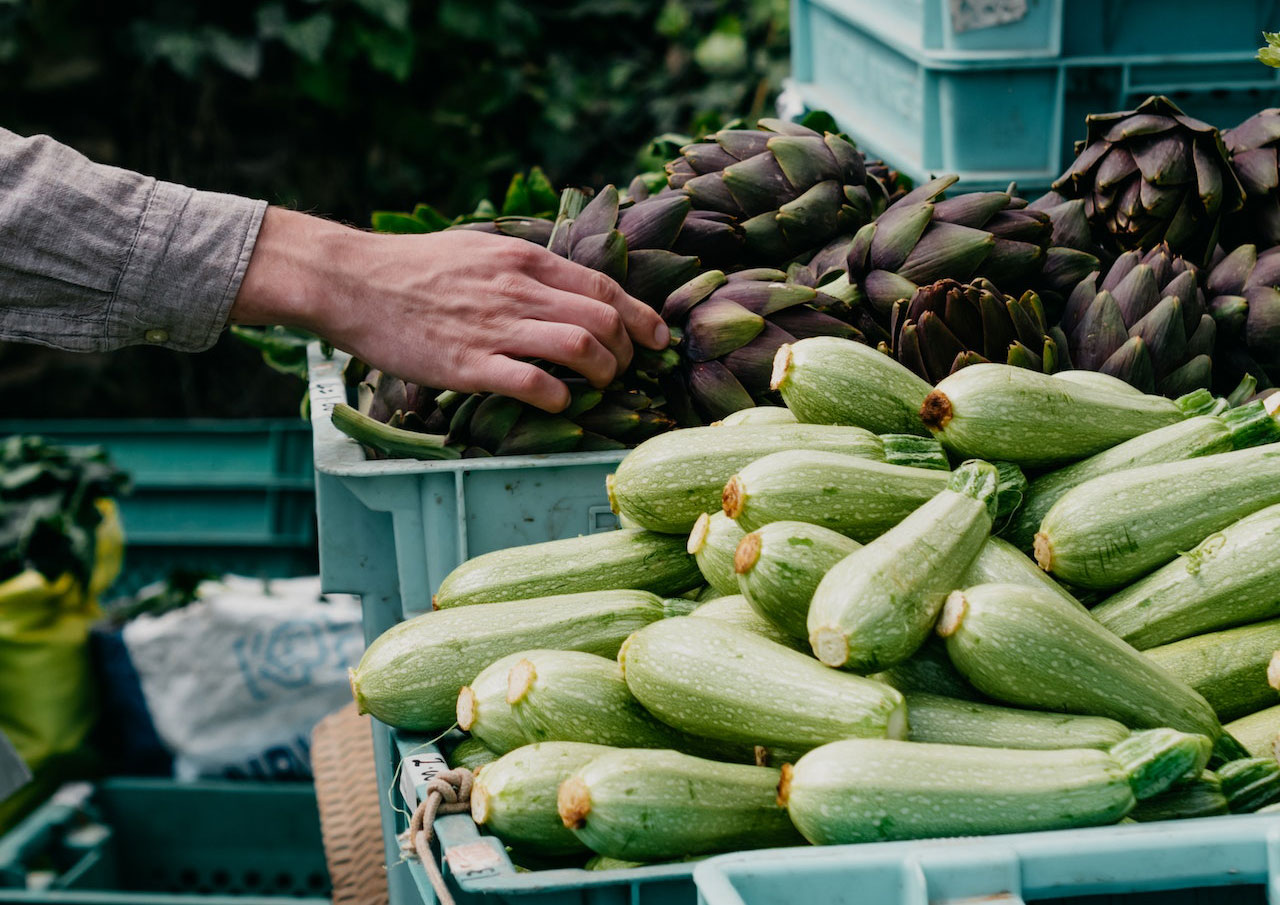 Pexels
Pexels
What do artichokes taste like?
Artichokes aren’t related to nuts, but they do have a slightly nutty flavor. They’re also earthy, a little bitter, slightly sweet, and pleasantly crunchy when eaten. If you like vegetables like Brussels sprouts, asparagus, and Jerusalem artichokes (which, despite the name, are not the same species as regular artichokes!), you’ll probably enjoy the taste and texture of this distinct and interesting vegetable.
How to eat artichokes
Artichokes are tasty, but they’re not the easiest ingredient to prepare—which is mostly due to the layers of leaves and thorns, which need to be removed to get to the edible, meaty parts inside. After you’ve done this, you’ll need to cook artichoke before you eat it. Depending on your preference or the type of recipe you’re following, artichokes can be steamed, baked, roasted, braised (like in this recipe), or boiled.
If you’re intimidated by the artichoke preparation process, you can also opt to buy cans or jars of artichoke hearts in brine.
Vegan artichoke recipes
If you fancy cooking with this delicious, nutritious, and unique vegetable, we’ve gathered some our favorite vegan recipes for inspiration below.
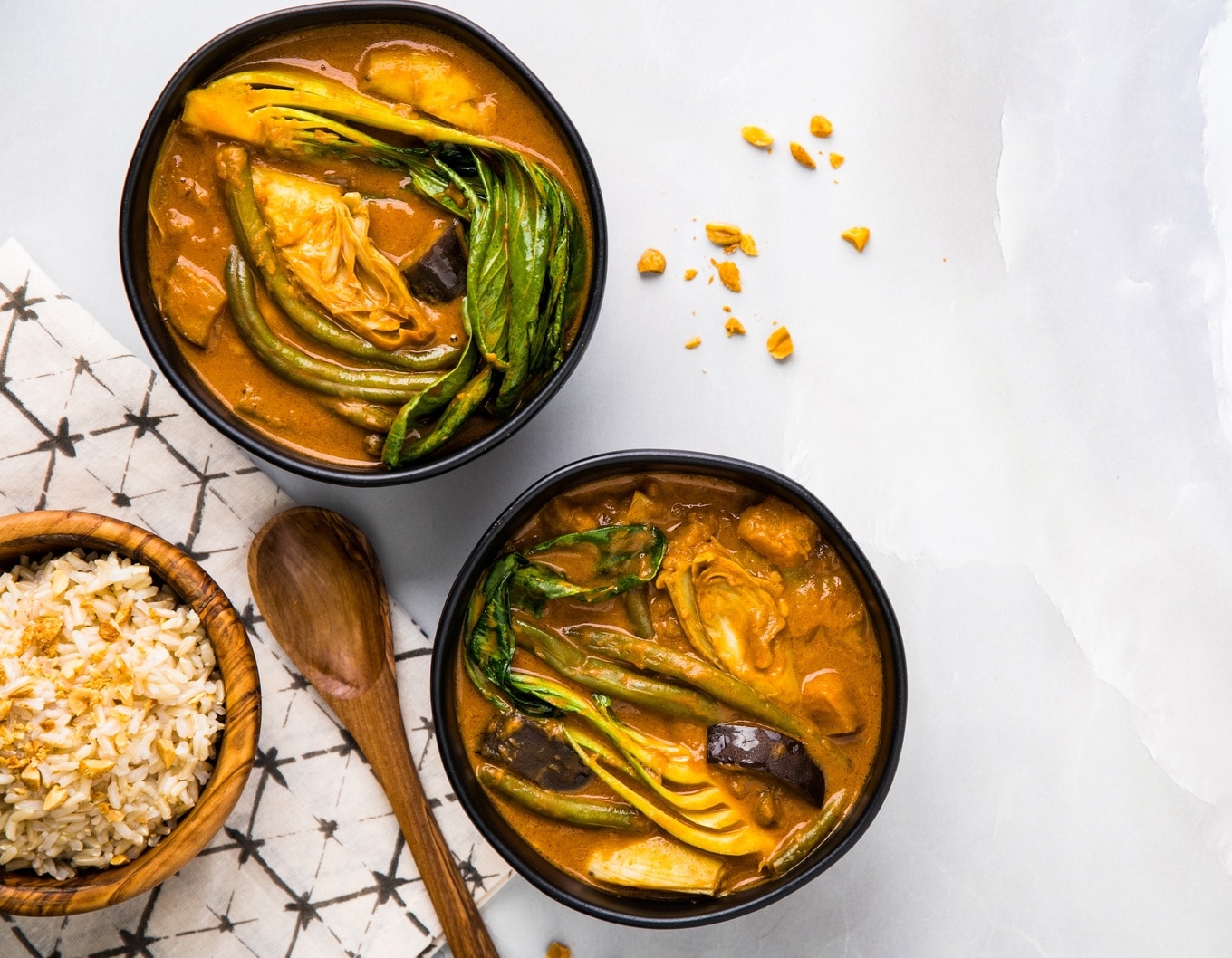 Julieanna Hever and Ray Cronise
Julieanna Hever and Ray Cronise
1 Vegan Peanut Vegetable Stew
Inspired by the traditional Filipinx recipe, this peanut vegetable stew contains a flavorful blend of smooth peanut butter, liquid smoke, tamari, and molasses, alongside a range of delicious and nutritious vegetables. As well as eggplant, bok choy, long beans, and winter squash, the recipe calls for a can of artichoke hearts. (So no complicated preparation needed!)
Get the recipe
2 Artichoke Walnut Pesto Crostini
Because of its distinct nutty and earthy flavor, artichoke works really well in dips and spreads. Enjoy this crostini recipe as a delicious afternoon snack or make a batch and serve as an appetizer at your next dinner party.
Get the recipe
3 Pesto Pasta With Spinach, Artichokes, and ‘Parmesan’
Pack your pasta with nutrients by adding in tasty, nutrient-packed vegetables, like spinach and artichoke, into the recipe. Again, the preparation is minimal for this dish (which also calls for vegan parmesan!), because the artichoke hearts come from a can.
Get the recipe
4 Spinach Artichoke Scramble
Tofu scramble has become a plant-based staple for good reason: it’s rich in nutrients, versatile, and easy to make. But if you want to upgrade your recipe, one option is to add in canned artichoke hearts and cook with a blend of garlic, nutritional yeast, oregano, basil, and a touch of salt and pepper.
Get the recipe
5 Roasted Tomato and Artichoke Pesto Pasta
If you’re not a big spinach fan, there’s no rule that says you have to include it in your pesto pasta recipe. Instead, combine artichokes, roasted tomatoes, kale, garlic, and mushrooms for a nutrient-packed, delicious mid-week meal.
Get the recipe
6 Crispy Vegan Crabless Cakes
For seafood lovers who want to eat crab cakes without, well, the actual crab part, consider combining marinated artichokes with Old Bay seasoning, shallots, and celery for a convincing and equally delicious alternative. For extra tang, serve with homemade horseradish-dill aioli.
Get the recipe
7 Vegan Paella
Again, paella is usually reserved for seafood lovers, as it often comes loaded with ingredients like mussels, prawns, and squid rings. But for all of the addictive flavor with none of the animals, try combining Spanish rice with artichoke hearts, fire-roasted tomatoes, green peas, olives, bell peppers and more of your favorite vegetables instead.
Get the recipe


